The Alpine regions of Switzerland and Austria represent two of the world’s premier skiing destinations, each offering distinct experiences that have shaped winter sports culture for over a century. While both countries share similar mountain geography and snow conditions, their approach to skiing, hospitality, and resort development has evolved along different paths. The choice between Swiss and Austrian slopes often comes down to personal preferences regarding luxury versus tradition, exclusive experiences versus authentic culture, and pristine grooming versus natural terrain.
Both destinations provide world-class skiing, but understanding their unique characteristics helps skiers choose the experience that best matches their expectations and budget. Here’s a comprehensive comparison of the Swiss Alps vs the Austrian Alps for skiing across the most important factors.
Snow Quality and Reliability
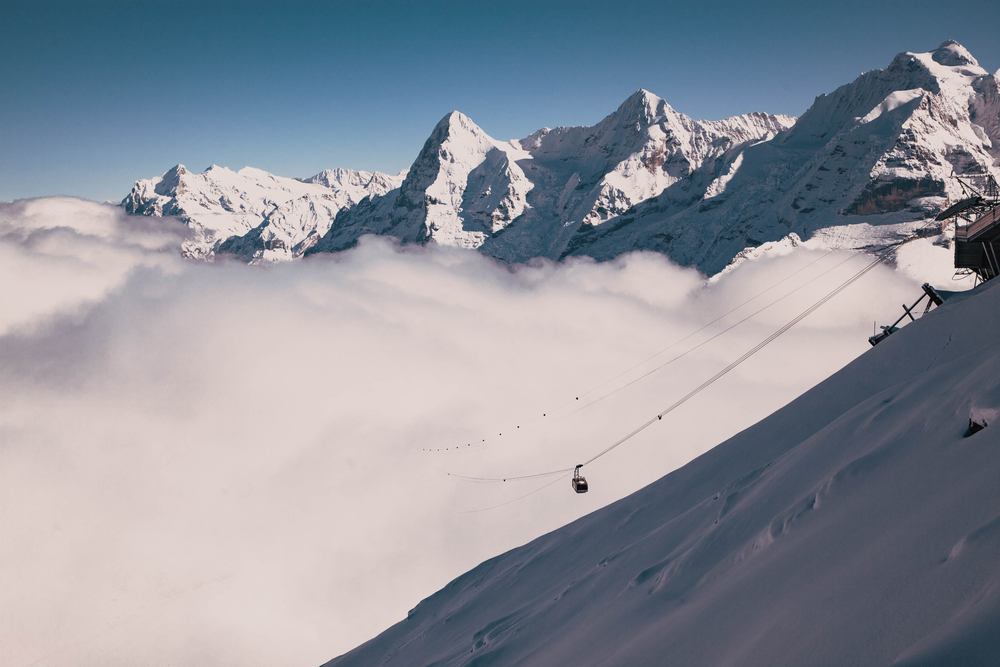
Swiss resorts typically sit at higher elevations than their Austrian counterparts, with many ski areas extending above 10,000 feet compared to Austria’s average resort elevation of around 6,000 feet. This altitude advantage means Swiss slopes often maintain better snow conditions throughout longer seasons, with some glacial areas offering skiing year-round. Zermatt, St. Moritz, and Verbier regularly provide excellent powder conditions well into April and sometimes May.
Austrian resorts compensate for lower elevations with extensive snowmaking systems that ensure consistent coverage from December through March, though natural snow quality can vary more significantly based on weather patterns.
Terrain Variety and Ski Area Size

Switzerland dominates in terms of massive interconnected ski areas, with destinations like the 4 Vallées and Portes du Soleil offering hundreds of miles of connected slopes. Swiss resorts tend to focus on high-altitude glacier skiing and expansive above-treeline terrain that provides dramatic alpine vistas. Austria counters with more diverse terrain that includes extensive tree skiing, challenging off-piste opportunities, and a better balance of terrain suitable for all skill levels.
Austrian ski areas like St. Anton and Kitzbühel are legendary for their steep, challenging runs that have hosted World Cup competitions for decades.
Like Travel Pug’s content? Follow us on MSN.
Cost and Value Considerations

Austrian skiing generally provides significantly better value for money, with lift tickets, accommodation, and dining costs running 30–50% less than comparable Swiss resorts. A typical day pass in Austria costs around $45–65, while Swiss resorts often charge $70–90 for similar access.
Austrian ski resorts maintain excellent infrastructure and grooming standards while keeping prices accessible to middle-class families and young skiers. Switzerland’s premium pricing reflects its positioning as a luxury destination, though the higher costs often correspond with superior facilities, service standards, and resort amenities.
Après-Ski Culture and Atmosphere

Austria virtually invented après-ski culture, with mountain huts, bars, and restaurants that seamlessly blend traditional Alpine hospitality with a modern party atmosphere. Austrian resorts like Innsbruck, Salzburg region destinations, and Tyrol valleys offer authentic experiences where locals and visitors mingle in cozy mountain taverns serving traditional foods and locally brewed beers.
Swiss après-ski tends toward more refined experiences with cocktail lounges, fine dining establishments, and exclusive clubs that cater to international clientele. The Swiss approach emphasizes sophistication and exclusivity, while the Austrian après-ski celebrates community and traditional mountain culture.
Accommodation Options and Luxury

Swiss ski resorts set global standards for luxury accommodations, with world-renowned hotels like the Grand Hotel Kronenhof in Pontresina and the Mont Cervin Palace in Zermatt providing five-star experiences that justify premium pricing. These establishments offer spa services, gourmet dining, and personalized service that attract celebrities and high-net-worth individuals from around the world.
Austrian accommodations focus more on comfort and authenticity, with family-run hotels, traditional gasthofs, and modern chalets that provide excellent value while maintaining high standards of cleanliness and service.
Like Travel Pug’s content? Follow us on MSN.
Lift Systems and Infrastructure
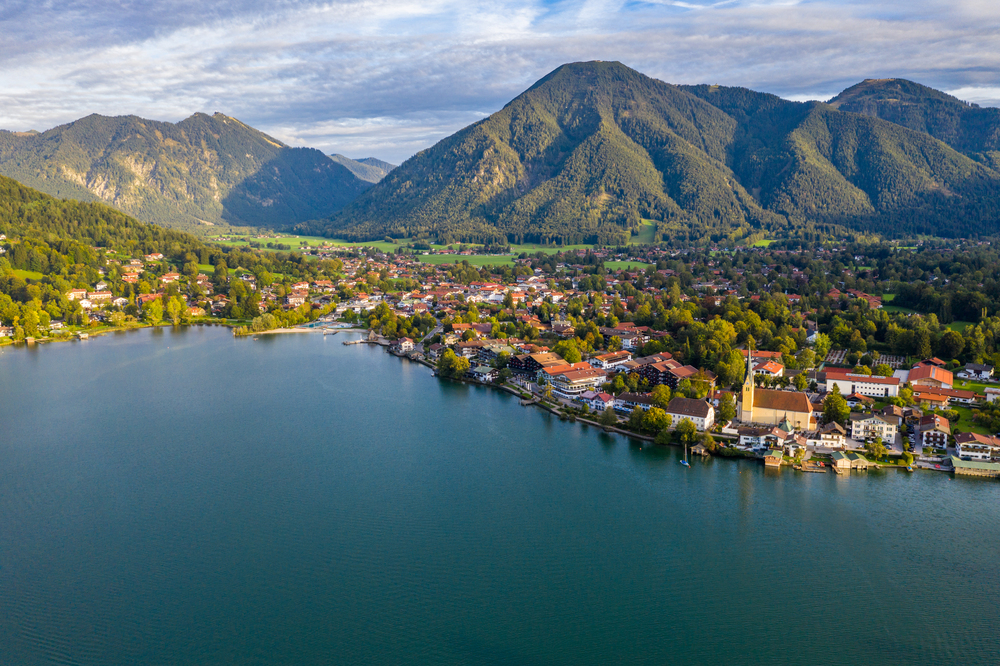
Both countries maintain exceptional lift infrastructure, though they approach efficiency and comfort differently. Swiss resorts invest heavily in cutting-edge lift technology, including heated seats, weather protection, and high-speed systems that minimize wait times even during peak periods.
Austrian lift systems prioritize functionality and reliability over luxury features, though major resorts like those in the Innsbruck and Salzburg area destinations have modernized significantly in recent years. Switzerland’s lift tickets often include access to mountain railways and cable cars that operate year-round for sightseeing, adding value beyond just skiing access.
Dining and Mountain Restaurants

Swiss mountain dining represents the pinnacle of alpine culinary experiences, with restaurants like Chez Vrony in Zermatt offering gourmet meals with stunning Matterhorn views. Swiss ski resort dining emphasizes quality ingredients, creative preparation, and premium pricing that reflects the overall luxury positioning.
Austrian mountain restaurants focus on hearty traditional foods like schnitzel, goulash, and apple strudel served in generous portions at reasonable prices. The Austrian approach creates more authentic cultural experiences where families can afford multiple meal stops during skiing days.
Accessibility and Transportation

Switzerland’s efficient public transportation system makes ski resorts easily accessible without rental cars, with train connections reaching most major destinations directly from airports. The Swiss Travel Pass provides integrated access to trains, buses, and some lift systems, simplifying logistics for international visitors.
Austria requires more complex transportation planning, though major resorts near Innsbruck and Salzburg offer reasonable public transit options. Austrian resort access often involves bus connections or rental cars, but lower overall trip costs offset this slight inconvenience.
Like Travel Pug’s content? Follow us on MSN.
Ski Schools and Instruction Quality

Both countries maintain exceptional ski instruction standards, though their teaching philosophies differ significantly. Swiss ski schools emphasize technical precision and formal instruction methods that produce excellent fundamental skills but can feel rigid to some students.
Austrian ski instruction tends toward more relaxed, fun-focused approaches that help students gain confidence quickly while still developing proper technique. Austria’s ski instructor certification programs are rigorous and well-regarded internationally, producing instructors who balance technical knowledge with entertainment value.
Off-Piste and Backcountry Opportunities
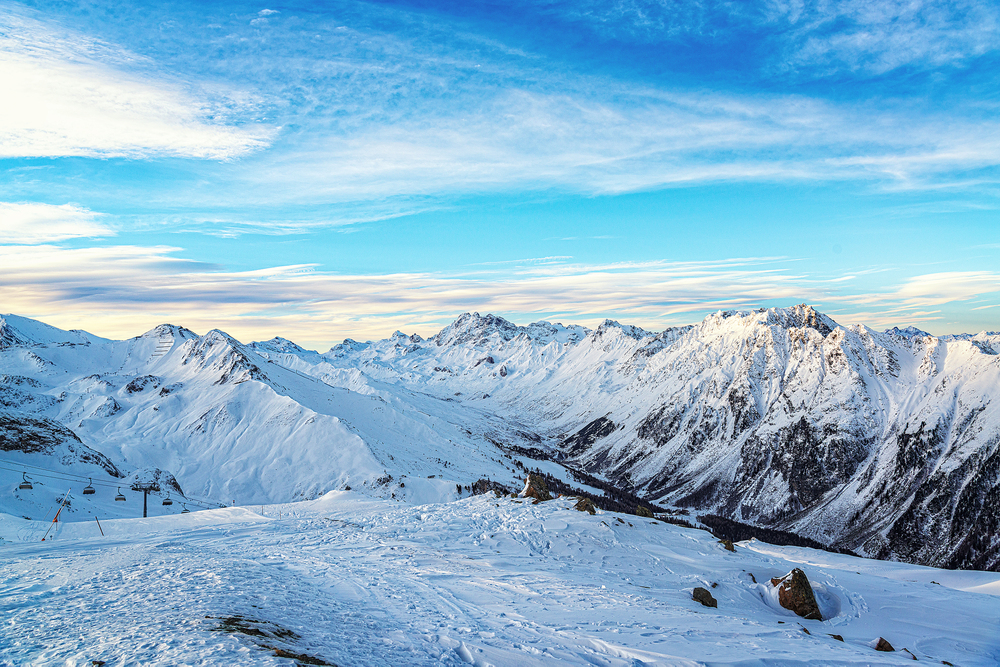
Austrian resorts generally provide better access to varied off-piste terrain, with extensive side-country areas that don’t require helicopter access or expensive guide services. The lower elevation of Austrian ski areas means more tree skiing opportunities and diverse terrain that includes everything from gentle powder bowls to extreme couloirs.
Swiss off-piste skiing often requires helicopter access or extensive hiking to reach the best terrain, though the payoff includes some of the world’s most spectacular high-altitude descents. Swiss backcountry experiences tend toward expedition-style adventures that require significant planning and expense.
Family-Friendly Features and Activities

Austrian resorts excel at providing comprehensive family experiences with ski schools, childcare facilities, and activities that keep children engaged throughout vacation stays. Many Austrian destinations include adventure parks, sledding runs, and cultural activities that don’t require skiing participation.
Swiss family amenities tend toward more exclusive experiences with higher-quality facilities but correspondingly higher costs that can strain family budgets. Austria’s family focus creates multi-generational vacation opportunities where grandparents, parents, and children can all find appropriate activities within reasonable budgets.
Like Travel Pug’s content? Follow us on MSN.
Weather Reliability and Climate

Switzerland’s higher elevations provide more consistent snow conditions but also increase exposure to severe weather that can shut down lifts and create challenging skiing conditions. Austrian resorts at lower elevations experience more variable weather but also more skiing days when conditions are marginal at higher altitudes.
Climate change affects both regions, though Switzerland’s glacial skiing areas maintain longer seasons despite rising temperatures. Austrian resorts have adapted with extensive snowmaking and season timing adjustments that maintain reliable skiing from December through March.
Cultural Immersion and Authenticity
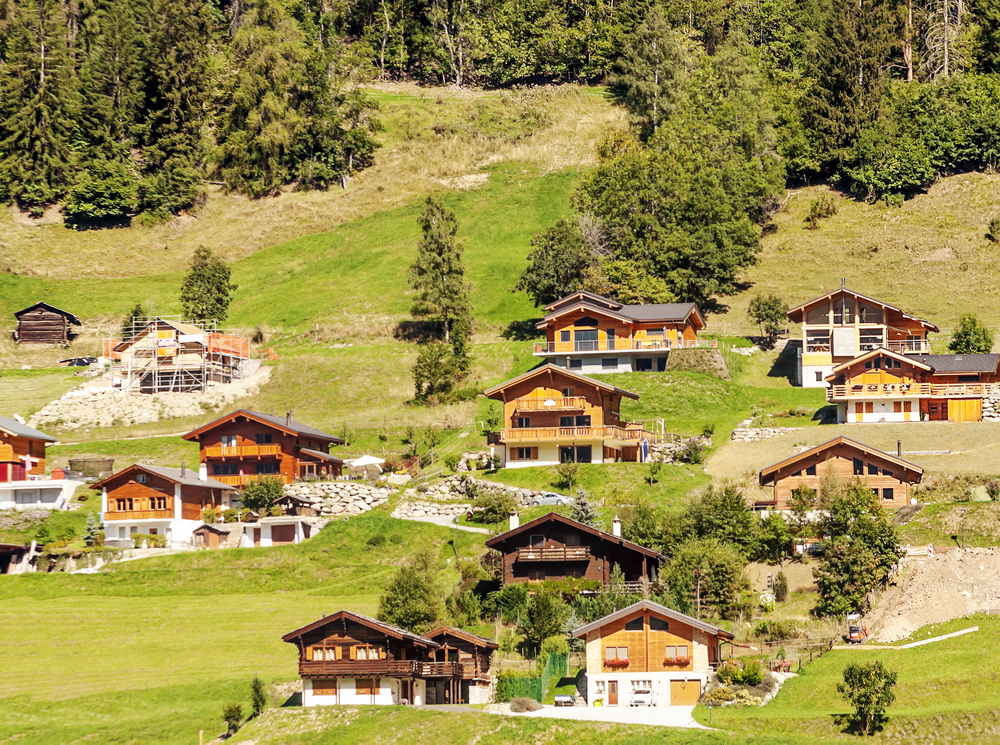
Austria provides more opportunities for authentic Alpine cultural experiences, with traditional festivals, local customs, and regional dialects that create genuine connections to mountain heritage. Austrian ski towns often maintain working agricultural communities alongside tourism infrastructure, creating authentic cultural exchanges.
Swiss ski resorts tend toward international atmospheres where English is commonly spoken, and cultural experiences are often packaged for tourist consumption. The Swiss approach provides comfort for international visitors but may lack the authentic cultural immersion that some travelers seek.
Nightlife and Entertainment Options

Austrian ski resorts offer vibrant nightlife scenes that blend traditional taverns with modern clubs and bars, creating entertainment options for various age groups and interests. The Austrian approach to evening entertainment emphasizes community celebration and traditional music alongside contemporary options.
Swiss nightlife tends toward more exclusive venues with higher cover charges and dress codes that reflect the overall luxury positioning. Both countries provide excellent entertainment, though Austria offers better value and more inclusive social atmospheres.
Like Travel Pug’s content? Follow us on MSN.
Seasonal Timing and Crowds
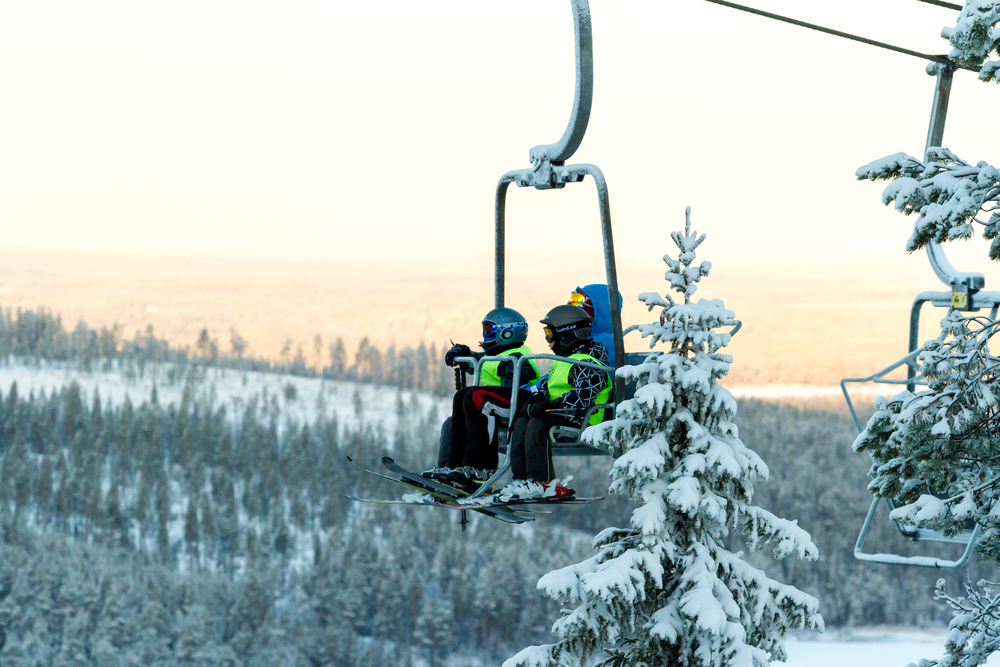
Swiss ski resorts experience more consistent international tourism throughout the season, leading to crowded conditions during peak periods but also ensuring that all facilities and services operate reliably. Austrian resorts see more variable crowd levels, with excellent conditions and minimal wait times during mid-week periods and shoulder seasons.
Switzerland’s reliable snow conditions make it suitable for early and late-season skiing, while Austria provides better value during peak periods when demand is highest.
Mountain Views and Scenic Beauty

Both destinations offer spectacular alpine scenery, though they showcase different types of mountain beauty. Swiss skiing provides dramatic high-altitude vistas with iconic peaks like the Matterhorn, Eiger, and Mont Blanc, creating postcard-perfect backdrops.
Austrian mountain scenery tends toward more intimate valley settings with forested slopes and traditional architecture that creates cozy, romantic atmospheres. Switzerland wins for dramatic photography opportunities, while Austria provides more comfortable, approachable mountain environments.
The Choice Between Peaks and Traditions
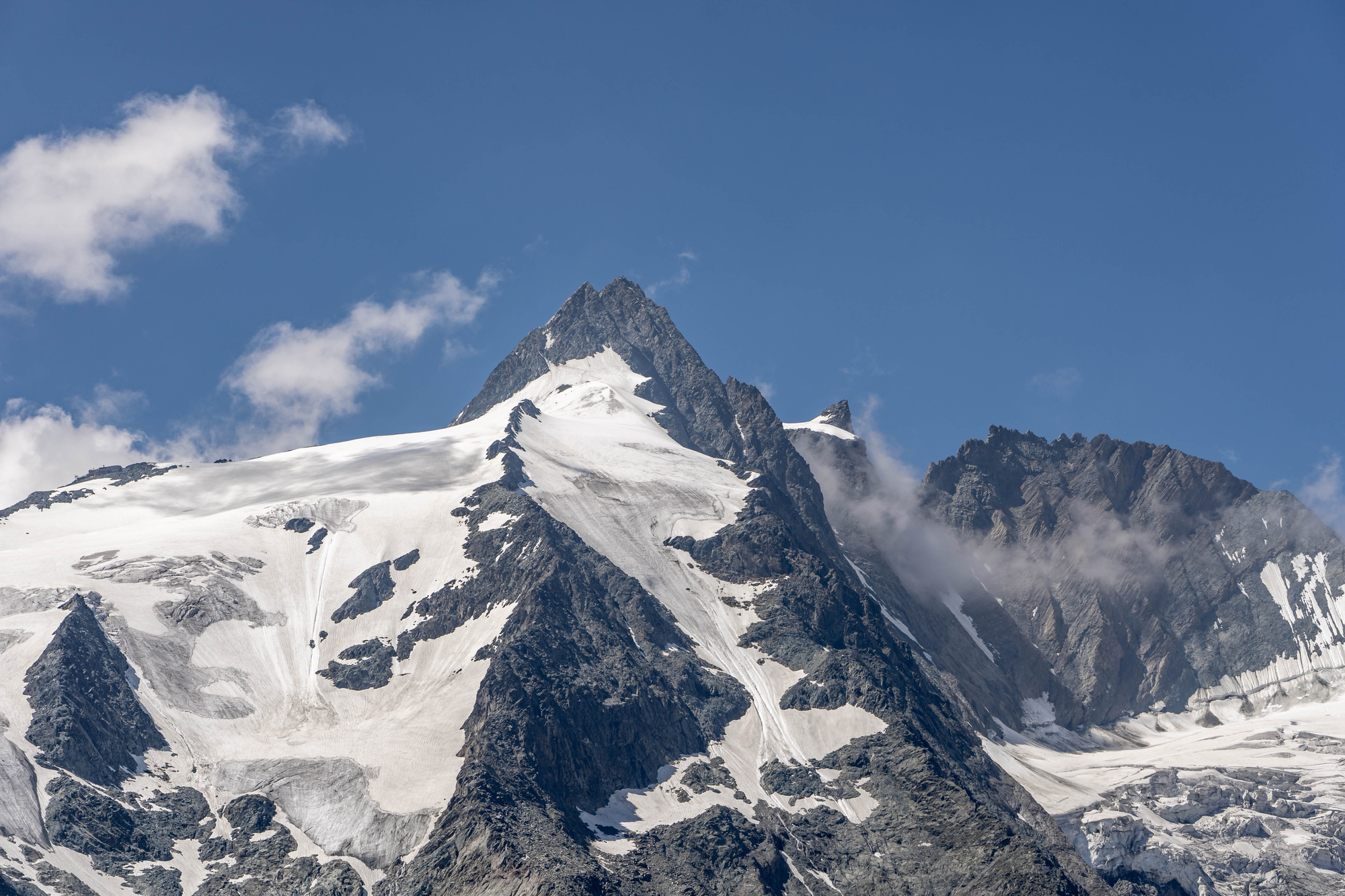
Choosing between the Swiss and Austrian Alps ultimately depends on whether you prioritize luxury experiences or authentic value, dramatic high-altitude terrain or diverse skiing conditions, and exclusive amenities or traditional mountain culture.
Switzerland delivers unmatched luxury and reliability at premium prices, while Austria provides excellent skiing experiences, rich cultural immersion, and outstanding value that makes multiple trips financially feasible. Both destinations offer world-class skiing that has shaped Alpine sports culture, ensuring that either choice provides memories that last a lifetime.
Like Travel Pug’s content? Follow us on MSN.
More from Travel Pug

- 20 Best Beach Towns in the Carolinas
- 13 Destinations Where Tourists Regularly Regret Their Trip
- 20 Things You Actually Get in First Class
- 20 Small Airports With Aviation Museums
- 20 Places in the U.S. That Are Perfect for a Reset Trip
Like Travel Pug’s content? Follow us on MSN.
